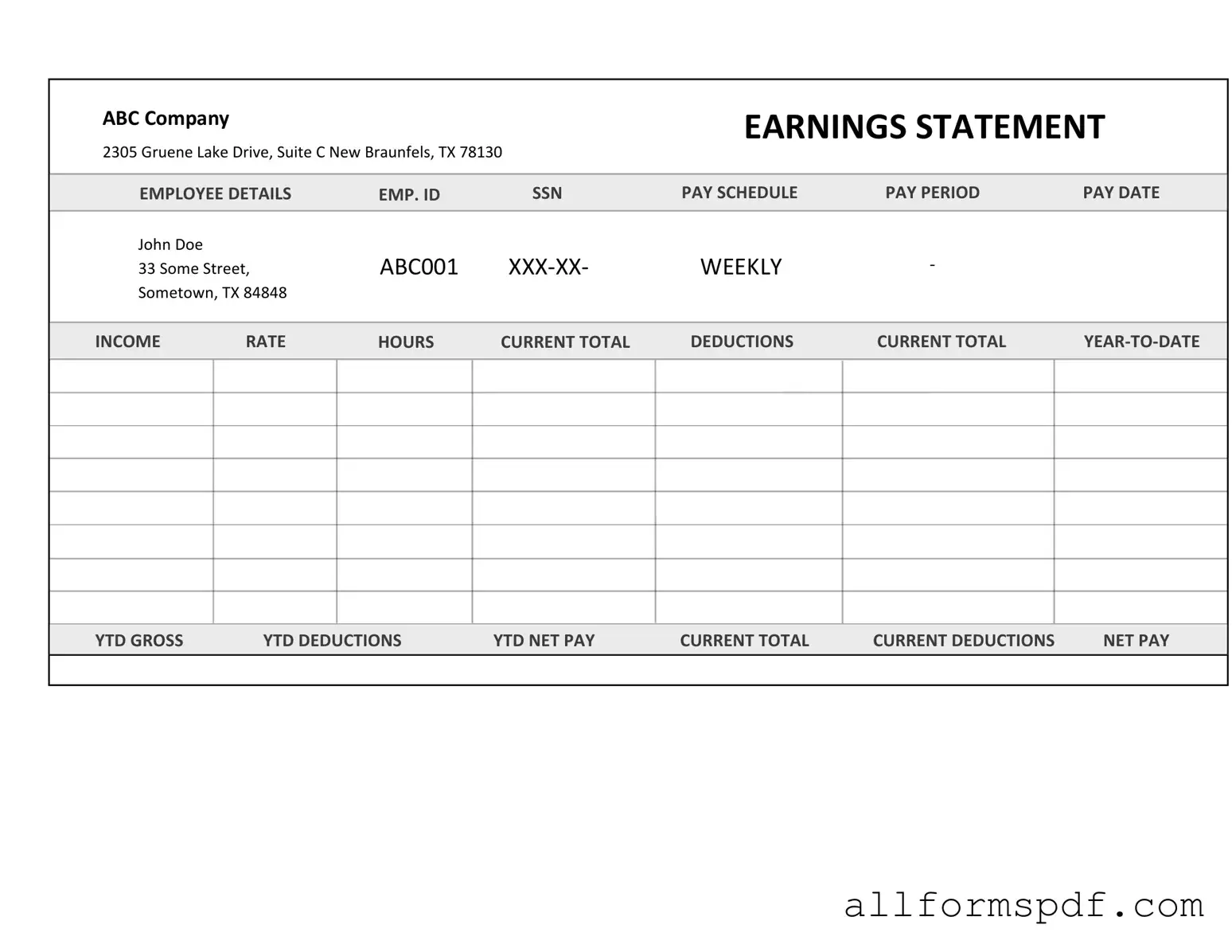Fill Out Your Independent Contractor Pay Stub Form
The Independent Contractor Pay Stub form is a document that outlines the earnings and deductions for independent contractors. This form serves as a record of payment and provides essential details such as hours worked, rates, and any applicable taxes. Understanding how to properly use this form is crucial for both contractors and businesses to ensure compliance and clarity in financial transactions.
Create My Independent Contractor Pay Stub Now
